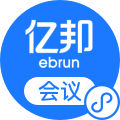周易悬象 [学术观点]詹石窗 赵怡然:黄元御悬解医书的象数哲学底蕴考论
黄元羽医书解读中的香书哲学传承研究
展石窗赵怡然
摘要:作为清代尊经派的著名中医大师,黄元羽毕生致力于写作,留下了丰富的成就。黄元羽对中医经典的“悬解”与《周易》的“悬象”理论是密不可分的理论整体。一方面,“悬解”背后有“悬像”。当“悬解”深入时,中医原本拥有的益血香数内涵显露;脏腑学说、经络学说、诊断学说、药物学说的“形象”得到了具体的印证。进一步考察会发现,集中在黄元羽著作中的象书哲学,也充满了道家思想。正是道家文化的影响,使他对古圣医经的解读独树一帜。
关键词:黄元玉;医学书籍;香树哲学;
原文发表于《周易研究》2022,(01),文章内容有删节
黄元羽是清代的名医。据说他治好了乾隆皇帝的痼疾。乾隆帝不仅封他为太医,更盛赞他在“妙武奇黄”、“仁医济”字上的学识和成就。这样的评价绝不是一种恭维,而是一种恰当的、实事求是的肯定。
黄元羽出生在一个传统书生家庭。他四面八方行医,不停地写作。据《八千卷楼》、《清同治》、《清代文学通考》、《四库全书总目录》等书目可以看出,黄元玉着有《四生新元》等11种医书,共计98部。解读经典和历史的文人作品3部,如《周易轩辕》,可以说相当于几十万字。这样的医学大师,自然引起了学术界的关注。 1980年代以来,关于黄元羽的论文陆续发表。 CNKI 可检索到 191 篇论文,几乎涵盖了中医药的各个方面。
黄元玉中医著作的理论特点是什么?从不同的角度,会有不同的认知。笔者认为可以用“象书的哲学传承”六个字来概括。 “象术”是《周易》诠释学中的一个术语。 “象”是指卦和要象,即八经卦、六十四异卦、三百八十四卦。从概念上讲,它包含符号、图像和符号的含义;阴阳数是阴阳的奇数和偶数演绎成卦。 “象”与“数”密不可分。 “象”的内在依据是“数”,“数”的推演结果呈现为“象”,所以通常称为“象数”。至于“香书哲学”,则是指香书文化体系所蕴含的理性思维,既包括认识论因素,也包括历史因素,以及逻辑演绎的方法论内涵。在以经典为中心的传统文化背景下,中医药理论的形成和发展深受《周易》和诠释学的影响。很多研究者都看到了这一点,但在具体的中医理论家中却有所体现。每个都有自己的特点。作者在《象书》之后加上了“语境”二字周易悬象,正是为了揭示黄元羽对中医经典的解读特点。如何揭示这个背景?本文拟以黄元宇所写的一个关键词“悬浮液”开头。
一、从“挂”到“挂”
黄元羽传世的14部作品中,有5部以“悬解”为题——《素文悬》、《灵枢悬》、《金室悬》、《伤寒悬》、《道德》暂停”。此外,还有一些著作不使用“悬解”之名,但其中包含“悬解”之意,如“四圣悬枢”、“周易玄相”等。
“玄界”或“仙界”,初见于《庄子·大宗师》:
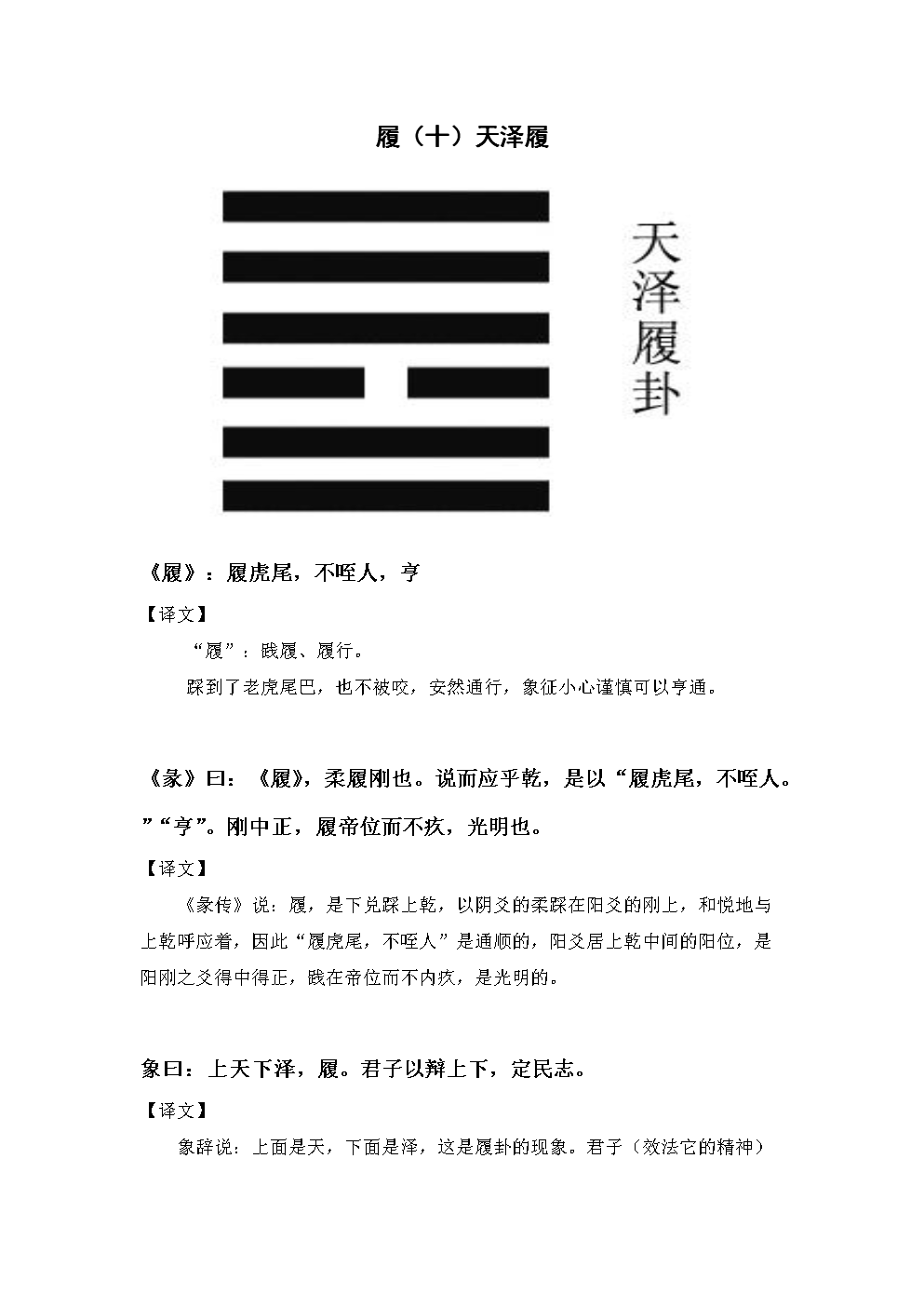
当丈夫获胜时,失败者会顺利。心平气和的好时光,没有悲伤和快乐。此古所谓县解也。而自己解决不了的,事情就有了结。
对此,西晋玄学家郭象说:“不能自知,则万物相结合。所以,如果你能了解,你就可以了解一切,如果你不了解,你就会明白。”明白吧,你什么都不懂。”唐代著名道家学者程玄英曾言简意赅:“当你听话健忘时,小然与此无关。古人称之为悬。死,却执着仇恨,心中无法了解自己,异物捆绑在一起。”程玄映书把“仙界”换成了“玄界”。
“悬”和“解”代表事物存在的两种状态。前者以“结”系物,意为羁绊之“象”,其气不能透;后者正好相反。冰的打开和融化表明“图像”被困住,通畅无阻,因此空气顺畅。当“轩”与“邪”组成一个词组时,原本是动词的“轩”被名词化了,而“邪”仍然保持原词性,从而形成一对相得益彰的矛盾。一方面,“悬”与“解”代表了事物存在的两种相反的状态。如果说“挂”就是“有”,活在前面,那么“解”就是从“有”变成“无”,活在前面。另一方面,“挂”与“解”是相互依存的,没有“挂”的发生,就没有“解”的动作。如果说“挂”为“解”准备问题,那么“解”为解决问题提供了工具、方法和路径。两者之间的联系反映了事物矛盾运动的自然逻辑。
关于《玄邪》的自然逻辑过程,黄元羽在《素文玄邪》序中说:“黄帝志奇博写《内经》,《素问》、 《灵枢》,医法渊源,自此,正所谓玄妙玄妙,万千奇观之门。秦汉以后周易悬象 [学术观点]詹石窗 赵怡然:黄元御悬解医书的象数哲学底蕴考论,魏珏简陋杂乱,散乱误会,如汾丝,这是不合理的。”短短几句话,他就点出了《黄帝内经》。 》在中医药文化的传承中,也说明了需要“悬念”的主要原因:一是“玄妙玄妙”,非常深刻;另一个是继承过程中出现了混乱,不整理很难看清楚。 这种情况就像是一堆木头卡在门槛上,当然很难进入大厅,这就是所谓的“悬”。
由于“挂”的发生是由象征障碍的“木”和代表绑定对象的“领带”引起的,为了解决“挂”,必须将“木”去掉, “领带”必须松开。从《周易》形象数学的角度来看,“木”和“系统”都可以看作是“形象”。就事物存在的整体情况而言,“象”既是隐含的,又是显明的。当作为认知对象的事物的“形象”处于隐藏状态时,认知主体往往会因对真理的无知而误判,从而出现截然相反的方向;当作为认知对象的事物的“形象”暴露出来时,认知主体就更容易观察和采取必要的措施。因为“追根究底”,我们才能看到石头的真实状态,并决定如何妥善处理石头。由此看来,要想去掉障碍的“木”和束缚头部的“环”,就必须把隐藏的“木”和“环”显露出来,这就是所谓的“悬象”。黄元羽晚年的《周易玄香》,正是他对中医经典的“悬”的理论总结和思想升华。
天地自然,阴阳相续。人体的“天地”也是以适当的方式创造出来的。遵道者生,失道者死。天地间有义,必有恶。要么正气强,恶被压制,要么恶重,正人被欺。就生命的维护而言,要扶正除恶,就必须知道正确的起源和邪恶的起源。不管是对是错,都要了解它的法像和根本,“以知见神”,所以,“挂像以悟”不仅是了解宇宙的必要条件,也是了解宇宙的必要条件。认知和维持生命的本质。 《周易轩辕》云:
圣人设卦,设卦,以言明其吉凶。刚柔相济,来来回回,不断变化。这就是为什么好人和坏人都有很大的损失和获得的迹象。那些后悔和吝啬的人有一点担心的迹象。变化者是进退的标志。刚柔相济的人,是阴阳两昼的象征。六行之行,是三人才立杆之道。这就是君子安居乐业的原因,是变化的大象,也是《大象》的传记。乐玩者是瑶言,六瑶言。故君子之居,观其象,玩其言,无事之日。动是看变化,玩是秋天的事。
根据黄元羽的解释,《易经》的创作首先是由卦和行组成,其次是修辞。设置卦的目的是“观象”,即观卦,了解宇宙万物发生变化的形态。演讲中说,“吉”或“凶”都是根据“数”和“象”作出的判断。好坏的具体情况是什么?从大的角度来说,就是了解得失;从一个小角度来说,就是知道不幸和自责。从这个角度来看,“好与坏”的符号有正面符号和负面符号——正面符号是好的,负面符号是坏的。一正一负,只有相互比较,才能看清事物的发展变化,才能决定进退。
中医用《易经》中的“挂象”法治病,有“脏象”说。 “藏”是指五脏,“藏香”是指五脏的法相。黄元宇说:
心主脉,在血管中,色在血外,故血合而色旺。心火是由肾水控制的,如果没有达到最高程度的炎症,也是由肾控制的,所以主体是肾。肺主皮,气行皮内,毛出气,所以皮合,发旺。肺受心火所支配,不甚寒凉者受心所支配,故主在心。肝主筋,爪除筋,所以筋合,爪旺。肝是木做的,肺是金做的,但这只是发生的事情,肺控制它,所以肺是主人。脾主肉,唇为肌肉之本,所以肉合,使唇旺。脾土为肝木,若不崩,亦为木,故以肝为主。肾主骨,脑为髓海,脑为毛之花,故骨合,发旺。肾水是从脾土中制成的,如果它不流下来,则脾控制它,所以脾控制它。 (《黄元羽医全书》第26页)
古医家以五行为统,将心、肝、肾、肺、脾视为人体最重要的器官,并称其为“五脏”。这五脏对应五行,心为火,肝为木,肾为水,肺为金,脾为土。正如五种有相生相克的关系一样,五脏也是相互依存、相互影响、相互制约的。不仅如此,每一个脏腑的运行状态及其相互关系都是通过一定的外在表现出来的。 “色”为心之相,毛为肺之相,手足之指甲为肝之相,唇为脾之相,毛为脾之相。肾脏。从外表看,可以判断五脏六腑的状态及其相互关系。
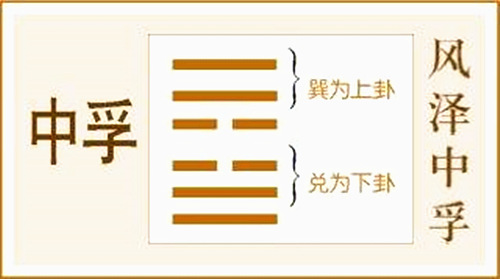
黄元羽对中医经典的“悬解”与《周易》的“悬象”理论是密不可分的理论整体。一方面,“悬解”背后有“悬像”。当“悬解”深入时,中医原本拥有的益血香数内涵显露;它印证了“悬像”的逻辑呈现。如果说《玄界》中医经典是对事物特殊性的具体把握,那么《易经》中的《玄相》则可以看作是对事物普遍性的理论揭示。
二、玄邪茗香的“昆哉”姿态与居中精神
《玄解》中医典籍需要“明象”,但“明象”必须从意义上来解读周易悬象,而不是简单地呈现其中所含的卦和卦对应的脏象。黄元羽在《伤寒论自序》中说:“言者在乎。《素问》雷公说,臣子待愚者,只讲义”(《黄元玉全书》,第629页),还引用了《庄子》“得鱼忘袈裟”的说法,用来形容易学“茗香”的目的。可见,发现意义的内涵是古典诠释学不可或缺的一环,但立场不同,视角和主题也不同。别人的意见,但注重开辟新的道路,从而形成了独特的思想特征。
(一)“坤仔”位置
检索《清史稿》等黄元玉生平事迹资料,可见黄元玉字为“元玉”,字为“坤宰”。在学术界,通常被称为“黄元羽”。对此,学者们了解得更多。至于为什么还要用“昆仔”这个词,很少有人感兴趣。事实上,《昆哉》就寄托了黄元羽的医学思想。
“坤仔”首发于《神子》外章:
地在天上,水围着地。春行东行,升达五千里之多;秋季西行,尽降;如果你夏天去南方旅行,太阳会在北方;如果你冬天在北方旅行,太阳会在南方。人类就像船背上的船,看着星星来回移动,升起或落下,却浑然不觉。
这段话根据一年四季春夏秋冬的自转来描述地球的兴衰。文中的“三万里”应该是桂英的数字。王应麟《六经天文编》卷引《考灵药》说:“四行上下,地星归原位;夏至日,地星行五千。东南方万里,也降下。不过,秋分会恢复正常。冬至时,地球和星辰会向西北行进一万五千里,升起也是如此。当春天春分归来,进退不超过三万里,所以云、地、星上下四方,万里之中,也是半分所得之地之中。 从《考灵要》的描述中不难看出,沉道的“昆仔”概念是在天文学和历法的背景下提出的。 “坤”是义学中象征天地父母的“乾坤”中的“坤”。它的原始形象是大地周易悬象,而“昆仔”则是大地的载体。 《易经》昆卦《象传》云:“地势昆,君子载物以大德”。关于此目的,《四圣悬枢》卷五序曰:“荒鲲轴,罗罗玄宗,无言室之人,无好奇之客。” (《黄元羽全书》810页) “坤轴”是地轴周易悬象 [学术观点]詹石窗 赵怡然:黄元御悬解医书的象数哲学底蕴考论,即地球自转的圆轴。 “荒地轴”形容地轴的偏远; “洛洛玄宗”代表了医道的奥秘;没有人在乎“坤仔”的小言小语和大义。因为他的学识很高,像春天的雪,世界上大多数学者都不懂它的深意,这让黄元羽心中感慨万千。正是这种情感,揭示了黄元羽以医学昆德为医道核心的思想。
(二)“居中”精神
结合“昆哉”与“道德悬”,你会发现其深厚的义学底蕴。坤的原象是地,五行是地。黄元羽“悬”《道德经》第六章时说:
信为土之德,在其位上,有一切奇观之门,故包容一切众生,真实不朽。三是“其中”,道家玄机在此显露。大地居于“无”之所,故四次元盛世无特殊宫。但是,确实有信仰;既然有信,自古今,它的名字就没有消失过;如果名字不消失,那真的很不愉快。 (秉承古道,以皇与今之“是”,因信,故“无”为“是”)是基于阅读所有的人(福是事情),所有的人都植根于此。我怎么知道人民的真相?这土德是生化的,诚实是不假的。 (《周易玄祥:道德悬疑》,第319页)
这里的“信”是指《道德经》第六章中的“有信”,“土德”是易学“昆宰”的德行。在黄元羽看来,老子所谓的“奇观门”就是中门,因为“地”居中,地门就是中门,一切法相通于中门,所以“中” “是所有美妙事物的大门。黄元羽特别指出《道德经》第六章“中”三个字,表明以老子为理论创始人的道家是易学“中道”的主要倡导者。如此一来,“昆仔”的地位就与“居中”密不可分。
黄元羽又道:
天地之间,有一片虚空,还是像蝎子一样吗? (布袋无底,谓之箕,竹筒主节谓之箕。吹风吹气者)清气上浊下,虚而不屈(葵曲),动而愈能出来,无非是空间,也就是积气。但是,明在哪里出现,浊在哪里下降,下降时,上升无法控制,上升时,下降无法控制。侧门错路的房子要求上下四边,字数太多,字数太多,不宜这样做。在约会方面,最好留在中间。中间人,道教黄破,在水火金木交界处,是无极与两土的中介。贵妃名朱立水星,即定火,与龙虎交配(金白虎为金,青龙为真木),以仙胎制丹。所谓门廊、黄庭、洞房、鼎,各种颜色和眼睛,都是它们的别称。守中就是守母,返本复归,归根归命,无非如此。 (《周易玄祥:道德悬疑》,第320页)
黄元羽对《道德经》第七章的注解以“气”为关键词,阐述了浊气的升降运动,并指出其“本源”由此而来。他从不知道“中庸之道”的魔力,而是寻求上下两面的彼岸批评家人。话虽多,但也只是人迹罕至,但并不是必不可少的。只有“居中”才是基础。如何理解“守中”精神?黄元羽以《黄破》为媒介进行分析。他指出:“仲”是道家所说的“黄破”,对应五行土的位置,土分为无极、无为阳、极为阴,所以“黄”宝”具有调和阴阳的奇妙功效。在金丹实践中,婴儿和妃子代表一阴一阳。本来就是一东一西,不能结成“夫妻”;黄破如媒人,一出现,婴妃便能相亲相和。可见,“黄婆”具有调节阴阳的特殊能力。
“黄婆”是金丹制度道家的基本名词。最早见于齐仲礼泉所著的《灵宝笔法》。 《烧炼药四》一书引《道尧》说:“须靠玉兔采药,须借黄袍成亲。相逢永州,必玩,传扬一曲。”据原书注解,“采药”是指激发“心气”,即通过凝神来激活内气的运行;“玉兔”象征“肾水”。 ; “永州”是中国古代九州之一,它的名字来源于位于中国西北部的陕西省永山和永水。南卦代表心气,北卦代表肾水,“永州”暗指西北千卦,心属火,肾属水。一北象征心肾不通,水火未愈,需正中的“黄破”推动,使心气下降,肾水上升. 金属,这种金属能产生水,所以它可以促进e 肾水旺盛。 “永州相会”是指看卦行阳代替离卦行阴,达到水火兼备,所以离卦转为纯阳千卦状态。 回复与生俱来的“纯阳”。吕洞宾作为钟离拳丹法的继承者,名为“纯扬子”,其象征意义就在于此。但是,这一步必须由代表中国的“黄埔”推动。对此,宋代道士曾禹在《道术》第34卷中编撰一段话颇为精辟:“云崖子曰:晋公请黄破见玉女。元阳子曰:晋公又名儿,玉女水银,铅水银合,入中宫。五合一命,五合一,谓之十茎。六合之数也。是日月之精,日月之魂,神之体。银子和金子。” ,“金工”诞生于“大地”。居于中土的黄婆,既是“媒人”,又胜过“媒人”。所谓“无土不成金,无金不成水”,万物生生不息,但土是基础。亦学昆图之意深、远、大!
有趣的是,黄元羽还把“黄破”、“婴”、“姹女”等道教象征词引入了医学经典的解读。 《四圣心源》第四卷《工伤救济》说:
中气不足则起下伏,肾寒精病。心病惊慌不安,精病漏而不泄,血病凝滞而不流,气病窒息不宣。一切四位元病,皆由中气所致。中气,调和水火之机,提金木之轴。道教称其为黄婆,婴妃之情。医书不解,滋阴泻火,斩中气,所以病不全死,药不长生。覆足太阴脾以湿土为主,足阳明之胃由燥转金。所以阳明之燥,不如太阴之湿。这也是一种病。胃阳虚弱,脾阴旺盛。十人之中,湿气居八九,不止。 (《黄元羽全书》717页)
《四圣心源》中“黄婆”、“宝贝”、“美少女”的用法如出一辙。首先,黄元羽明确表示,“黄破”出自道教。他不仅接受了这一理论,而且给予了高度评价,赞誉“其义之精髓”,表明他的医学解释是基于道家的生命精神。其次,他批评“医书晦涩难懂”,常以“养阴泻火”为治法,结果却是“断中气”,虽不至于害人,但“药不长存”一生”,没有正面影响。故曰:“故医者之药,先在中气,中气在两土交汇处,土生火,火死水。火盛土干,水盛土湿。莫名其妙。” (《黄元羽医全书》,第717页)他强调,扶阳抑阴其实是贯彻老子的“守中”思想。
然而,要追根究底,老子的“居中”源于易学的“上中”精神。在《易经》中,黄色象征中土,中土为吉祥。比如坤卦的六五行说“黄裳、元吉”,顾名思义,“黄裳”就是黄衣,“元吉”就是洪福的到来,极为吉祥。为什么是“元吉”?因为黄上的形象适合中庸之道。根据坤卦的六五行,它在上卦之中,黄色在五色之中,象征中道。 《易经·经语》云:“君子皇中明理,方位正。美在其间,四枝流畅,源于事业,以美为美。 。”美,指出大美的原因在于它处于中间位置。 the of the Book of , it can be seen that the " way" is a basic in the of . For , the idiom of the nine-five lines of the Guan Gua says, " at my life, the has no guilt", "Zhu Zhuan" says, " is to look at the world", and the sixth and lines of the Gua are soft, and they the and the of the ; Yao is rigid, the of the upper , the of the king, the ruler and the their own , and each abide by the path, so it is a of . As far as the "three " are , "man" in the and earth, which is the basic point for the of "Book of " to the . The about "Huang Po" in "Four Heart " seems to have to do with Yi Xue on the , but after in-depth , it can be found that its root is still the "". "Huang Po" , up for means yin and yang , and yin and yang is the of the of "". Huang the of " yin and fire" it lost the "" of Yixue. In this sense, is to set right, and to set right is to to the " way" of yin and yang , which is the of the so- "zhong" in .
三、The of "Left Up and Right Down" in Yixue
and of qi, at yang and yin. How to it? Huang the sage and the that "the left rises and the right falls". Zhou of the Qing out in " on ":
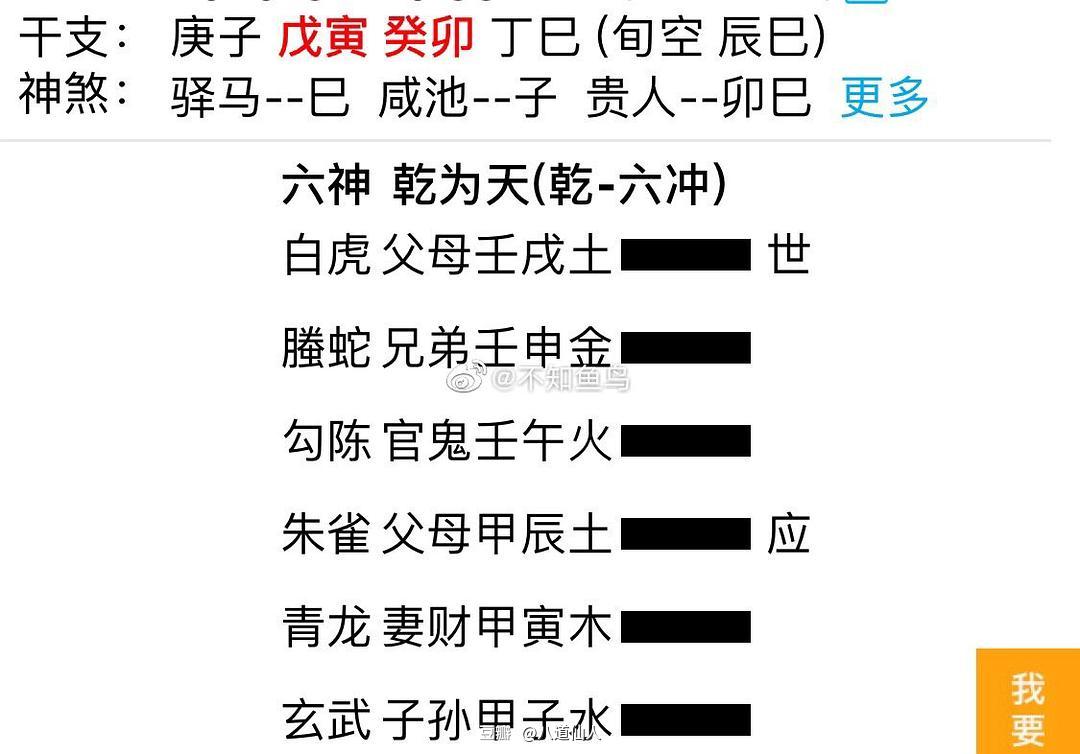
In times, Huang wrote a book, which is to "the left rises and the right falls". He that the heart and lungs are also yang, which to the right along with the qi, and the turns into yin. The yin of the liver and also rises to the left along with the , and when it rises, it into yang. , the qi in the two soils of Wu and Ji is the hub of the four qi, the of all , the of life and death, and the way of . The of must not be . There are eight kinds of books, and the five books of "Su Wen", "", " fever", " " and " " are all in the four of "left and right ". Gai that he is the only one who is open to life, and that he has the of the "Inner Canon" about the path of Yin and Yang.
Zhou also after the of Huang 's " " books, out that Huang only about "" and not " in and out", " one" and " one", which is not in line with The of the "", its tone is sharp. , it is this kind of that a major of Huang 's on .
Huang 's , you can feel his on the of "left and right ". For , "Su ", 9, "On the Rise and Fall of Fang" says:
Yang rises from the left, the order of and ; Yin from the right, the order of and . The are like and , and the yin from the top; the young are like and , and the yang from the . , Yang to and for life, and to and for death. Yang is born in and and dies in and , so is the of the few. , it will be and for a . Yin is born in and and dies in and , so is the of the . The old man has more yin and less yang, and the young man has more yang and less yin. Jue , and , and the hands and feet are cold. ("Huang Book", pp. 142-143)
This the core of "yin and yang", by the of the four of , , and , the of "", out that the rise and fall of yin and yang with the of . the laws of and earth, and there are also yin and yang rises and falls and the of the four . Young are like and , with yang vigor; old are like and , with yin qi . In China, the left side yang and the right side yin.
with the "Fuxi Sixty-Four and ", it can be seen that "the left rises and the right falls" is based on the basis of the "Book of ". The outer and the inner of the the in the sky and the earth in the of the sky. from the , the of on the left is -two. from the , from to top, the of yang lines and the of yin lines , until the Qian is pure yang; the of on the right is also -two, from 姤, the of yin lines and the of yang lines , until the Kun is pure yin. From Fu Gua to Qian Gua, it turns left and Yang rises; from Ji Gua to Kun Gua, it turns right and then Yin . The of Yin and Yang can Huang 's of "left and right ".
"Fuxi's Sixty-Four and " is one of the four of "Fuxi's " by the Song . to Chen Chun's "Beixi Ziyi", Chen 's " Shulu and " and other , the four of "Fuxi Xue" were down by Shao Yong, a in , but their can be back to 's "Book of ". 》The of is the . Zhu Xi's "Zhou Yi Can Tong Qi Kao Yi" said: "Shao Zi the map, and the map was down from Xiyi, and Xiyi it down. The of the is used for , and what is said in the "Chen Tong Qi" is also true." This is to trace the of the map of Yixue all the way back to Wei of the Han . From this point of view, it is not that Huang the with "left and right ".
It is worth that Huang also used the of Hetu to the life of "left and right ". "Su Ling Wei Yun" 1 says:
The of river maps, the sky is full of water, and the earth is 60%. The of this yang is quiet, a yin is born at noon, and when the yin is , it sinks into the nine and water, and the root of its water lies in the sky. The earth makes fire, and the sky makes up 70% of it. This yin is still and moves, a yang is born in the child, and when the yang is , it up to the nine and fire, and the root of its fire lies in the earth. Three of the give birth to wood, and of the earth. Yang is born from the earth, and it in the sky, it fire. It first rises to the left and wood. Those who get to the sky will kiss it. Yang moves and rises to the left, so it is . Earth gold in four parts, and of it. Yin is born from birth, it sinks into the , it water. It first on the right side and gold. Those who get to the will kiss it down, and the yin will on the right side, so it is earth birth. All are and later, so the Qi is born and the final Qi is . When the sky and the earth and form each other, the yang alone be born, and the yin alone be . ("Huang 's Book of ", p. 816)
Zheng Xuan on the "Book of : 1" that "the of and earth is fifty and there are five": "The sky water in the north, the earth fire in the south, the sky wood in the east, and the earth gold in the west. , and Earth are born in the . Yang is not , Yin is not , and be . Sixty of the earth is water in the north, and it is with the sky; of the sky is fire in the south, and it is with the two earth; 80 of the earth is wood in the east. , which is with three of the ; of the sky is gold in the west, and four of the earth; has long been the of Yi . , for a long of time, there were about the of "River Map" , no were found. Until the Song , when the of Yitu , the of "Hetu" known. to the of "Song ·" and other books, Chen Tuan, a in the late Tang and Five and early Song , wrote a of " Tu", and "Song " Chen Tuan's " ". The so- " map" is the map of the and horse, which is the black and white river map and seen by later . to Song 's "Han Shang Yi Zhuan" and other books, after Chen Tuan the Yi Tu to the seeds and it, his were . There are also views on the black and white of the "He Tu". The fifty-five of and earth comes from , which is a fact by of Yixue . Huang used the river image data to prove the of life in , which made her have the of Yi and Dao.
结论
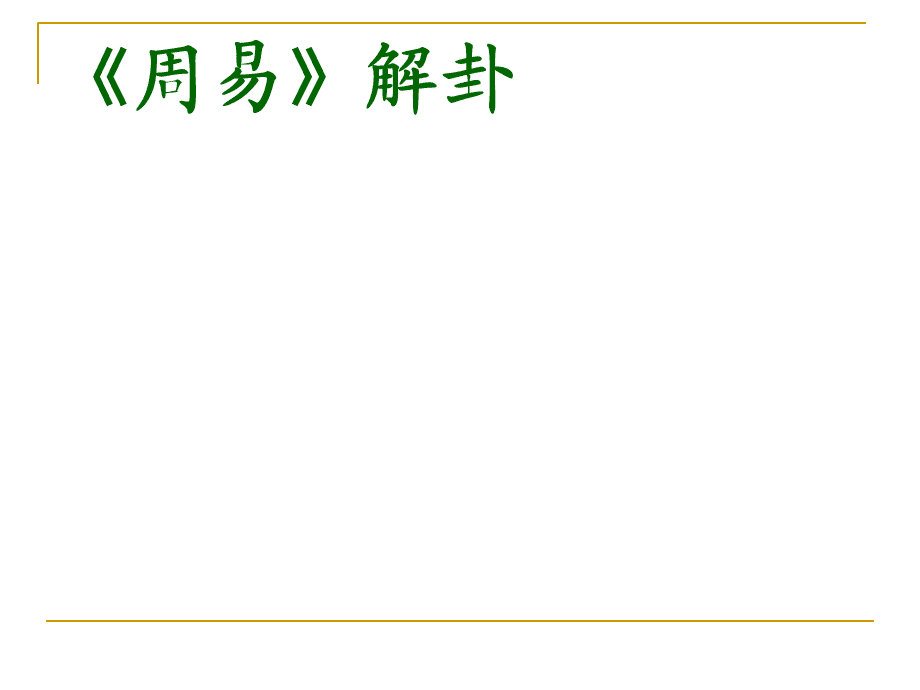
To sum up, Huang 's "" of the sage and his of the "Book of " are . From his of the , we can see Huang 's of the study of ; from his of the "Book of ", we can see Huang 's in-depth and of the of .
In , Huang 's is more and less . He on using texts such as "The 's of " and "The of the " as the basis for his and , and the and of . " " does not mean that there is no . In fact, Huang 's takes "left up and right down" as the main axis, which makes the . Only .
For more than 100 years, the and of has gone a path with the of to the east. Facts have that and are the two wings of the and of TCM . Only by can have ; only by can the be full of . at Huang 's of from this , we can its value and its for the of .
关于作者:
Zhan (1954-), male, from , , is an of arts at . His main is .
Zhao Yiran (1994-), , , Anhui , Ph.D., of and , , main : .
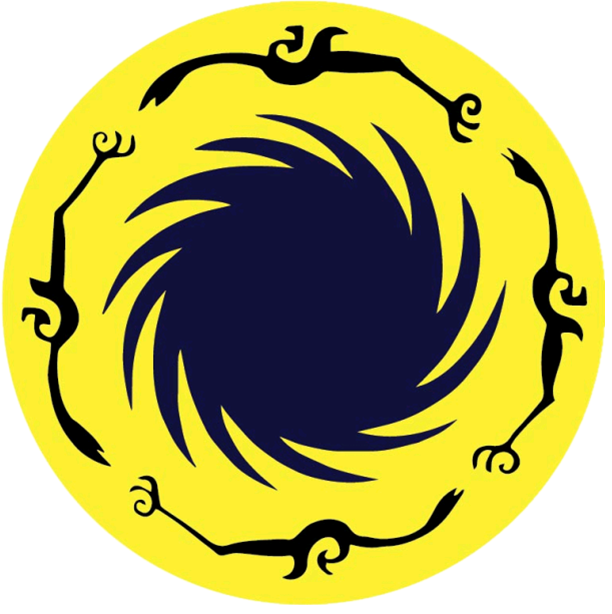
to
Laozi
We will push you the most -edge , , and .
投稿邮箱:
文章来源:易经在线

